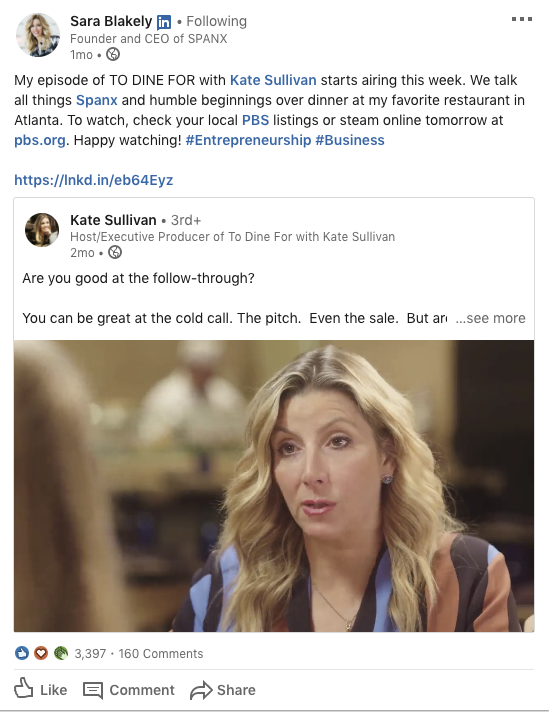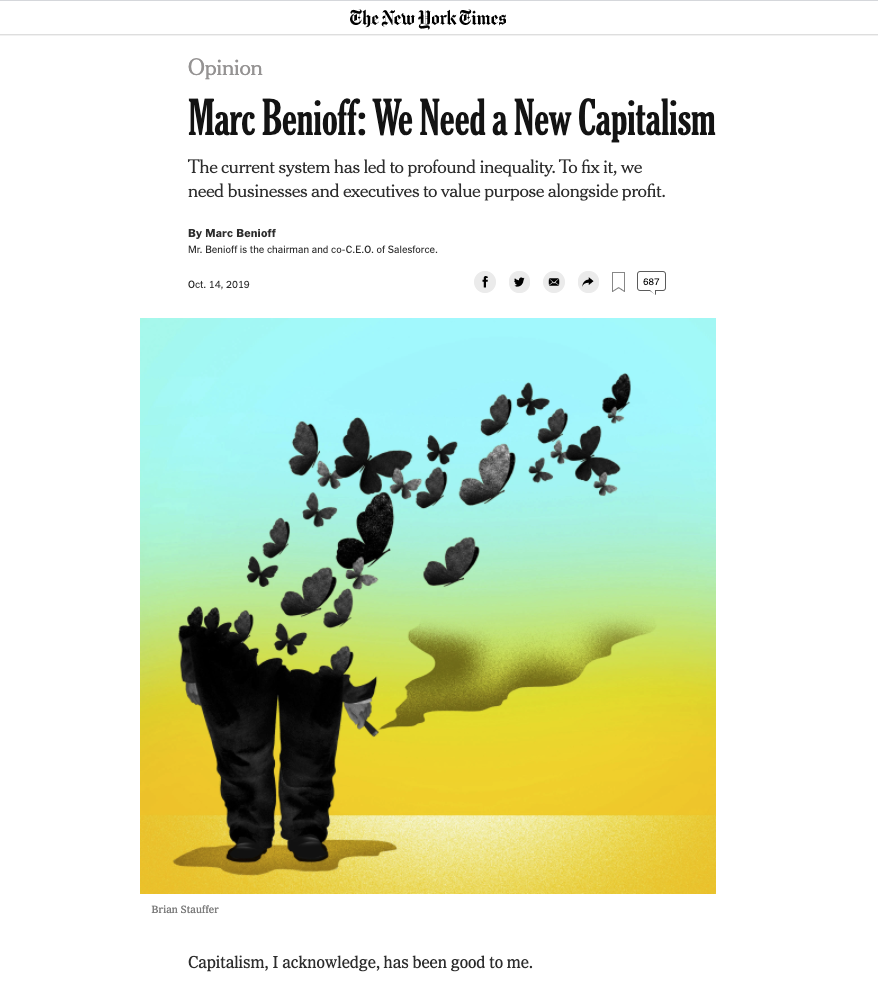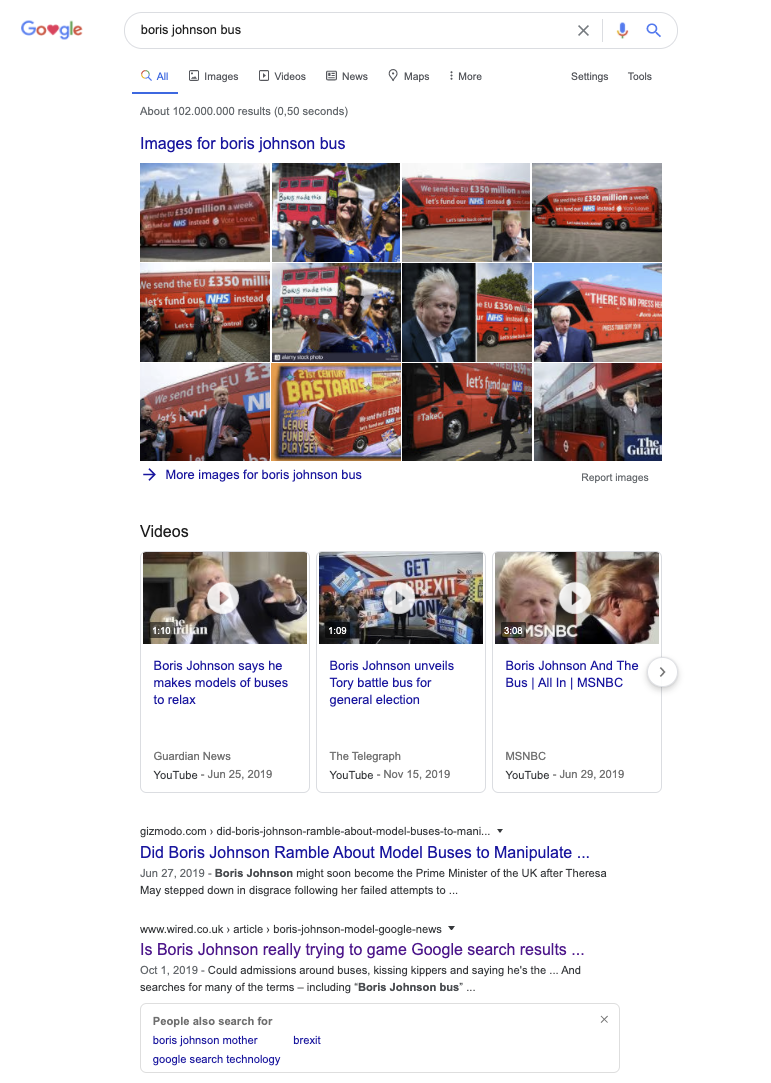In 1900, PR was defined as ‘a program of action to earn public understanding and acceptance’. As we enter a new ‘roaring 20s’ the definition is as true now as it was 120 years ago.
But what does a ‘program of action’ really mean? Most of you will be familiar with the traditional idea of blasting out press releases and praying for media coverage. But there are many other ways to get the public on your side. Below we are going to explore other ‘actions’ you can take in your media relations- without sending out a single press release.
We spoke to Peter Keijzer, owner of tech PR firm Lubbers de Jong, on what it means to manage media relations, beyond the press release.
“For us, PR is fully alive and kicking- it's steaming like hell. But don't think of it too narrowly by being too fixated with free publicity. That's a very limiting view of PR. PR is a strategic tool, which means it has many, long-term layers. You have to build a story on a story on a story. This kind of change takes time.”
- Peter Keijzer
Events
Organizing events for media contacts is a great way to build essential media relationships. By being able to see, touch, smell, and hear your brand, it comes alive in the minds of journalists. An evocative brand experience is a sticky one- and will increase your chances of being remembered with a smile.
Take media contacts on a tour of your office to meet the team, or organize a festival so that they can see consumers experiencing joy from your product. The tangible, human sides of a brand is where stories are made and will be something a journalist will remember for years to come.
Even in times of social distancing, here is how you can integrate events into your PR strategy.
 Event participants compete in the Red Bull Snow Charge at the Nozawa Onsen Snow Resort in Nagano, Japan on February 25, 2018
Event participants compete in the Red Bull Snow Charge at the Nozawa Onsen Snow Resort in Nagano, Japan on February 25, 2018
Crisis communications
To build a good relationship when times are good, you have to have one when times are bad. Most brands, at some point or another, will experience some hiccups. Whether the crisis is serious; such as your CEO making an offensive comment, or minor, such as a comical spelling error, you will need both the protocol and the personnel to navigate choppy waters.
Strong media relationships will be critical at this time. Having a plan in place to quickly respond and get the public back on your side is equally crucial for the survival of your brand. To keep your reputation intact during a crisis you will need a good company spokesperson, strong media relationships, trained staff, clear protocol, and quality briefing resources.
Want to know more about getting out of a tough spot? Check out our article on how to manage a crisis as a Spokesperson.
Internal PR
Your first customers are your employees. Strong brands seek understanding and acceptance from every single person involved in an organization- not just the public. This will mean you have to work just as hard on your ‘internal PR’ as your relationships with the media. This can start with your internal communication; with newsletters, events, and training.
Journalists are much more likely to cover companies whose employees love working there, as their brand story becomes more credible. Moreover, your internal communications directly affect your external communications, especially in times of crisis. Without communicating well with your staff they can become worried, confused, or make assumptions about the situation.
Being transparent with your staff will safeguard their position as your key ambassadors, so make sure to keep them in the loop. Company reputation is something that is built over time, and regular check-ins with employees ensure they are aligned with the brand narrative and (most importantly!) that they are happy.

Thought leadership
Strong media relationships require influence. Thought leadership helps you build upon your influence by showcasing your expertise, your unique ideas, and your original approach to the work you do. Humans, by nature, are tribal. To foster understanding from your peers, the public, and the media, you will first need to demonstrate a deep understanding of the business you are in, as well as the needs and values of each of these groups.
Building your reputation as a key voice amongst your peers will place you in the heart of industry conversations. To build a thought leadership strategy, identify experts in your company and get their ideas out there.
There are many ways to showcase expert ideas, from Op-eds/bylines to speaking at conferences and events, to brand journalism (like company blogs), to online newsrooms, to your own social media platforms. Here are some CEOs using their public personas to help their brands shine:

Sara Blakely, CEO and founder of SPANX, uses her approachable Linkedin posts to communicate her brand purpose.

Marc Benioff, CEO of Salesforce wrote a timely Op-ed to reimagine the way we do business.
Emily Weiss, Founder and CEO of Glossier has been an effective brand ambassador for her socially-driven beauty brand.
An online newsroom can help you establish your brand as a thought leader. Here is how we can help you: we know a thing or two about building newsrooms. It's why we're trusted by socially conscious brands WeTransfer, Dopper, Shimano, and Dolby. Learn more.
Digital public relations
With nearly 5 billion people using the internet every day, your online reputation is arguably one of the most important. Building a digital presence can help an organization become a household name, and managing your SEO is crucial -not only to become more findable than the competition- but also to avoid bad press hanging around.
Without intervention from you, one bad story or comment can be immortalized on a Search Engine Results Page (SERP) or a social media timeline, becoming a significant part of your brand history. Work with your company’s SEO expert to build up domain authority to have more control over what people find when they look for you. You can also consider paid placements to boost your SEO efforts. However, tread lightly with these strategies, if there were some lessons learned during a past crisis then it is better that a person searching for you finds a measured response from a Spokesperson than a bungled attempt to cover it up.
“Google algorithms are changing- and they're smarter than we think. They already have quite an intuitive way of figuring out what people really like.”
- Peter Keijzer

Boris Johnson was accused of trying to replace stories about his infamous Brexit campaign bus with stories about his model bus hobby.
Want to know how to leverage SEO for your PR? Read tips from an SEO expert on how to increase your findability.
There are plenty of other digital strategies to build your online reputation. Make sure your messaging is consistent across all platforms. Work with your marketing department to make sure your social proof- things like product or service reviews- are consistently good. If they are not, reach out to consumers and find out why.
People are much more likely to trust the opinions of someone like them, than a faceless brand. A key part of reputation management can also be done using your online newsroom, where you can set the narrative for your media coverage- while boosting your Inbound PR. You can find examples of killer newsrooms here.
"We work with four levels of messaging, which are pretty straightforward- the details may change and evolve- but the general positioning remains the same.
First you have your brand messaging, which is more or less fixed. It's a long-term dot on the horizon held by a strong vision and belief. Then you have your thought leader messaging, which is far more active, specific, and expert-oriented. Next you have your product and services messaging, which is necessary but it’s not something that should be at the forefront of your communications. And finally, you have your campaigns.
You can reach every audience with the PESO model, which has been around for a long time and is likely to stay. Use it to the max, and get it integrated and automated with tools like Hubspot. Be clever. Dive into the tech but remain an objective marketeer. These techniques really work"
- Peter Keijzer
Integrated marketing and communications
PR and marketing have always had a symbiotic relationship, and as digital activities increasingly take over communication, the areas in which they intersect will only grow. Where PR focuses on areas that require long-term investments, like relationship building and reputation management, Marketing will get you quick wins and drive sales.
Having or not having a consistent brand narrative can make or break a company. It is vital that you work together with marketing (and indeed sales) to make sure you are all aligned with your brand and product messaging. For this, you will need a strong company purpose and vision, to use as a powerful foundation for all your messaging. By working together closely with all internal teams, you build brand reputation and sales together, brick by brick.
“It's also good for PR people to be part of the sales team- having this friction between sales, marketing and PR on a day to day level is a smart business decision. You can’t avoid reality: companies need to grow and produce a return on investment.
But you shouldn’t follow the traditional route where the sales lead is pushing you to say certain things that don’t align with your messaging. As the PR person, speak up in sales meetings, and really stand up for your purpose. Make sure you all stick to the story. Get the marketeers on side too. Then you will find the long and the short term company objectives will blend into a more integrated story.”
- Peter Keijzer
Are you crafting or polishing your communication strategy? We've got you covered. Here is our free communication strategy canvas to help you build a strong foundation for your brand.
Corporate social responsibility
Business is going through a (albeit slow) revolution. The ‘winner takes all’ mentality that once dominated brands is being replaced by one that considers the common good. Businesses that don’t take concrete action on their carbon footprint or their contribution to global inequality won’t survive the next 20 years.
Making sure that a good portion of your company resources go towards addressing some of the issues society faces is essential. Edelman’s report on the COVID-19 pandemic was a great example of how the expectation of brands has shifted, with 71% of people agreeing that if they perceive that a brand is putting profit over people, they will lose trust in that brand forever.
“Nowadays, audiences are so engaged and involved- they talk to their friends about what is and isn’t sustainable. If a sincere, honest approach isn't part of your brand signature: then what's the use of your product or service? If you sell textiles and with toxic plastic shavings inside, and you aren’t even concerned, then something is seriously broken with your business.”
- Peter Keijzer
Without demonstrating social responsibility, you will become obsolete. Making sure that your brand is active in this sphere, and constantly showing how you are backing up your understanding of your responsibility with concrete action will keep your reputation intact.
Brands that are driven by purpose have a clear notion of why they’re in business and their effect on the world around them. If you're looking for some inspiration, here are 9 socially conscious brands and their impactful PR campaigns.
Needless to say, building a killer strategy for media relations is going to keep you busy; but by taking a more holistic approach, keeping your eye on the horizon, and not neglecting any of your stakeholders, you will find it much easier to knock every ball out of the park.
Carmen Guillen is Content Team Lead at OLIVER Agency. With over 7 years of experience as a copywriter and editor, Carmen has written for high-profile blogs and newspapers, and directed the content teams for fast-growing startups and NGOs, including PR.co’s blog and Unfold Magazine. Carmen is passionate about ethical business and artful storytelling.. Connect on LinkedIn or send an email







